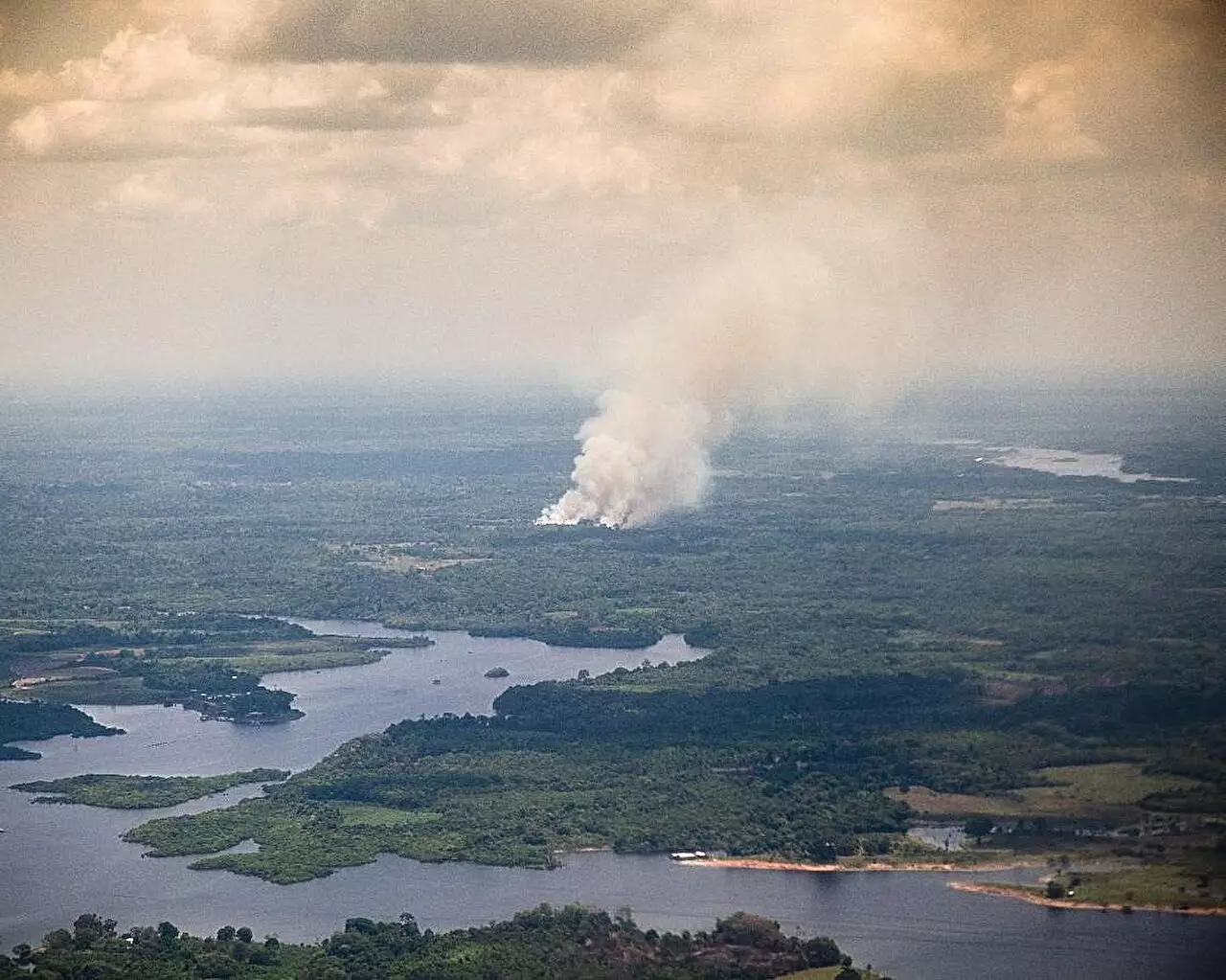The implications of vegetation fires extend far beyond immediate environmental destruction; they permeate through the atmosphere, impacting air quality, human health, and broader climate dynamics. Recent research sheds light on the intricate role that ultrafine particles (UFPs) play in the smoke generated by wildfires, particularly in the Amazon region. Recognizing the complex interactions between these particles and atmospheric conditions can illuminate pathways for future research and climate action.
Wildfires unleash a cocktail of pollutants into the atmosphere, chief among them being various particulate matter that drastically degrades air quality. While larger particles have long been recognized for their detrimental effects, recent studies underscore the significant presence of UFPs—particles less than 100 nanometers in diameter—which have received less attention. This oversight may stem from the belief that these smaller entities rapidly aggregate or coalesce with larger particles, thus diminishing their prevalence and potential impact. However, innovative aircraft measurements and model simulations challenge this concept, demonstrating that UFPs remain abundant in the atmosphere after being emitted from fire events.
UFPs and Nucleation Processes
The new research draws attention to the mechanisms through which UFPs are generated and persist. It was previously assumed that the existence of condensation and coagulation sinks would prevent the survival of freshly formed nucleating species—components critical for UFP formation—in smoke. However, the findings reveal that these nucleating species are not only present but also maintain a surprising longevity within the smoke. Researchers have identified robust nucleation and growth processes that sustain UFPs in the air, signaling a need to rethink existing atmospheric models that inadequately account for these factors.
To bridge this gap in understanding, researchers utilized the Weather Research and Forecasting model coupled with chemistry (WRF-Chem), coupled with detailed aircraft data, to analyze UFP dynamics in wildfire smoke. Insightfully, they discovered that emissions of specific compounds such as dimethyl amines (DMA) are crucial for maintaining the observed levels of UFPs in the atmosphere. The results indicate that incorporating these emissions into predictive models could lead to more accurate representations of UFP behavior and their consequent climatic ramifications.
Moreover, the significance of these findings is amplified when considered in relation to cloud formation and precipitation. The comprehensive modeling efforts showed that UFPs can enhance the intensity of storm systems, resulting in more extensive anvils and increased rainfall, presenting a stark contrast to the performance of larger smoke particles. These larger particles tend to suppress rainfall due to their inherent characteristics, thereby demonstrating a dualistic effect of wildfire smoke on weather dynamics.
The Broader Implications for Climate Change
The implications of UFPs extend beyond immediate weather phenomena; they tap into the larger narrative surrounding climate change. As wildfires become more frequent and severe due to climate variability, the understanding of their atmospheric effects becomes increasingly crucial. The research findings prompt a reevaluation of Earth system models that have previously underestimated the cohesion and climatic significance of UFPs linked with biomass burning. By recognizing these particles as potential influencers of both short-term weather patterns and long-term climatic shifts, the scientific community can develop more nuanced climate models that interact with the burgeoning frequency of wildfires.
The intricate interplay between wildfire-induced smoke, UFPs, and atmospheric dynamics underscores a critical area of exploration for environmental scientists and climate modelers alike. This innovative research not only unveils the vital roles played by UFPs in influencing cloud and precipitation patterns but also highlights urgent needs for further investigations. By better understanding the complexities of UFPs, future strategies can be developed to mitigate their impact, ultimately contributing to more accurate climate forecasting and better air quality management in the face of increasing wildfire activity. As climate change continues to unfold, unraveling these atmospheric mysteries will be crucial for protecting both human health and the environment.


Leave a Reply